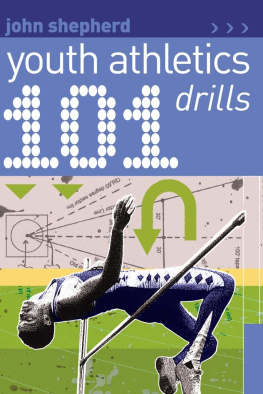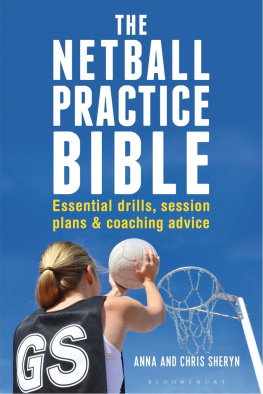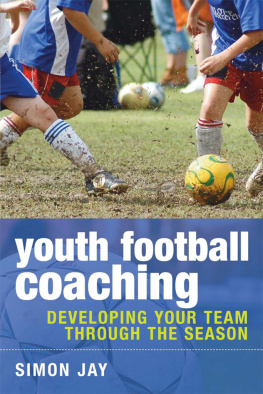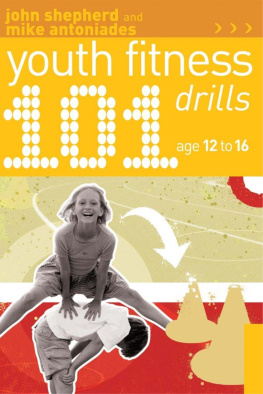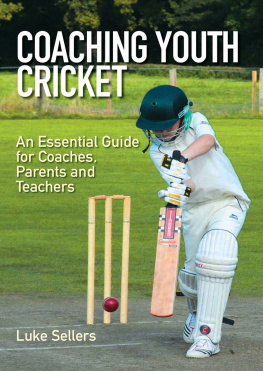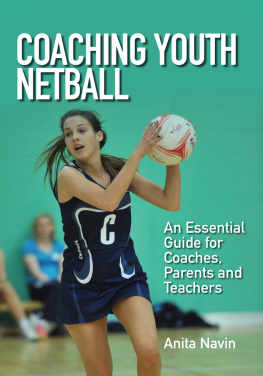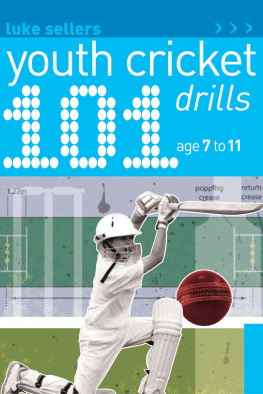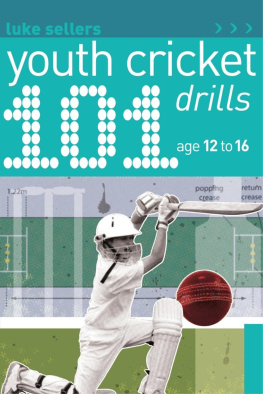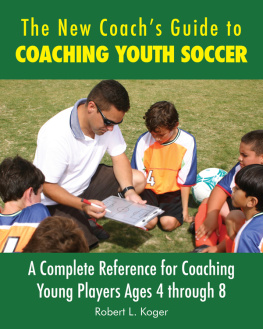

Having worked with hundreds of players in my capacity as a coach, choreographer and professional footballer, I totally understand the power of football and the social benefits it provides. I believe that 101 Youth Football Coaching Sessions by Tony Charles and Stuart Rook has adopted a unique approach to session planning and coaching. This is a book like no other, one that features a broad range of coaching topics which ensures children of all ages can participate in and enjoy football, regardless of their level of ability, as every game is fun and inclusive.
Furthermore, you can combine a number of warm-ups, games and exercises to create an entire session tailored to your coaching requirements. This can be achieved with ease by following the session plans at the back of the book or by simply selecting a combination of sessions yourself.
101 Youth Football Coaching Sessions has successfully brought together the vast experience of community and advanced coaching in an easy to follow and practical session book. This book is an essential resource for any aspiring coach, teacher, youth worker or anyone with an interest in developing grass roots football players.
Andy Ansah
Football Consultant and Choreographer
The main purpose of this book is to help coaches and players to get the most out of their coaching sessions. By combining our three decades of experience we have created 101 fun, informative and challenging coaching sessions, designed to give players the maximum time with the football, to enable them to improve their football skills. We believe that young players learn best when they are enjoying themselves and have accordingly designed this book around this principle by incorporating fun, fast-paced warm ups, free-flowing imaginative technical sessions and challenging small-sided game practices.
We have designed each session to be as inclusive as possible, with as many players working with a ball, or a ball between two or three, as often as it is viable, depending on the technique coached during the exercise. This is in order to move away from old-fashioned line drills, where the players are static and have to wait for their turn and might only touch a football once every few minutes. Giving players more touches of the ball will only help in their overall development. From our experience, when working with children the more involved they are and the more enjoyment the session brings, the less likely they are to be disruptive or become disengaged from the session.
Each page in the book gives you a diagram showing how to set out the session along with sub headings, which help you with the following crucial areas of your session:
Organisation how to set out the correct sized area and how to organise the players, which players need a ball or a bib and if there is any particular requirement for the setting up of the session.
Equipment what specific equipment you will need to deliver the session.
Description a description of the rules of the game and how it should work successfully. This will point out the basic objective of the game and how to find a winner of each game in order to make it competitive.
Coaching points the key coaching points of the session which you need to try to get across to the players. For each game we have listed three or four coaching points but feel free to include your own.
Progressions how to make the game more difficult. Some of the games are very basic and can be progressed quite quickly, others are a little bit more difficult to grasp and might take longer for the players to master. One of the most important aspects of being a coach is knowing when the group of players need to be progressed and their skills further challenged.
Instructions this sub heading appears only in a small number of sessions and relates to specific extra instructions that the coach will need to call out during the course of the practice.
Learning how to plan a session is one of the most important skills a coach can have. Understanding the level of ability, age range and level of development of the players you coach will help you to know what you can coach, what skills you need to coach and how you are going to coach those skills, and is essential in the development of your players. Remember, plan your work and work your plan!
The sessions
With the exception of the warm-ups, at the end of each session you will find a series of numbers these are session numbers and relate to other games within the book. We have carefully selected games that we feel work well with others to make up a complete football coaching session. Warm-ups can be applied to any session and what we have suggested here is simply a guide for you to work from and develop your own coaching sessions, as we feel a coach should be adaptable and, above all, imaginative.
The complete sessions we have suggested (indicated by the >>> symbol usually consist of two or three fun football sessions and one or two small-sided games. All of these sessions will correspond to the technique being coached during the practice. For example: Session Four corners, where the idea of the game is to dribble the ball into the corner in order to score a goal. This encourages the players to apply the dribbling techniques that they have learned during the fun games to their play in a conditioned small-sided game.
In each session we have also suggested where the coach should position him or herself to be able to view and correct the technique of players and to deliver the coaching points and progressions effectively, which will help the players to get the most out of the session. It will also ensure that the coach can survey the entire area and see everything that is happening on a wider scale, particularly during the small-sided games. Being able to see the bigger picture is an essential coaching skill and incorporating this into your sessions will help the players develop into more complete footballers.
The position of the coach suggested in each session means the coach will not be interfering with play, allowing it and therefore the session to flow freely, while maintaining control from a broader viewpoint.
The timing for each session will depend on the age group and length of your session. For example, an hour-long after-school club might consist of a warm-up game (510 minutes), a fun football game (1520 minutes), then a conditioned small-sided practice (1015 minutes), which would then naturally develop into a practice match at the end.
For a 90-minute or two-hour session you might want to spend more time on a specific technique or on two different techniques, incorporating three or four different fun football games or you may wish to spend more time on the small-sided game conditioned practices. In this instance, a longer warm-up would benefit the players by preparing them for a longer session. The warm-up games can also be used as a cool down at the end of the session.
Club coaches may well be able to identify an area that they feel needs specific improvement in their team, and should design a session plan with that goal in mind. Being able to spot certain strengths and weaknesses in a team or a player and then planning how to improve on those weaknesses or make best use of the strengths could mean the difference between a good team and a great team.
Next page



